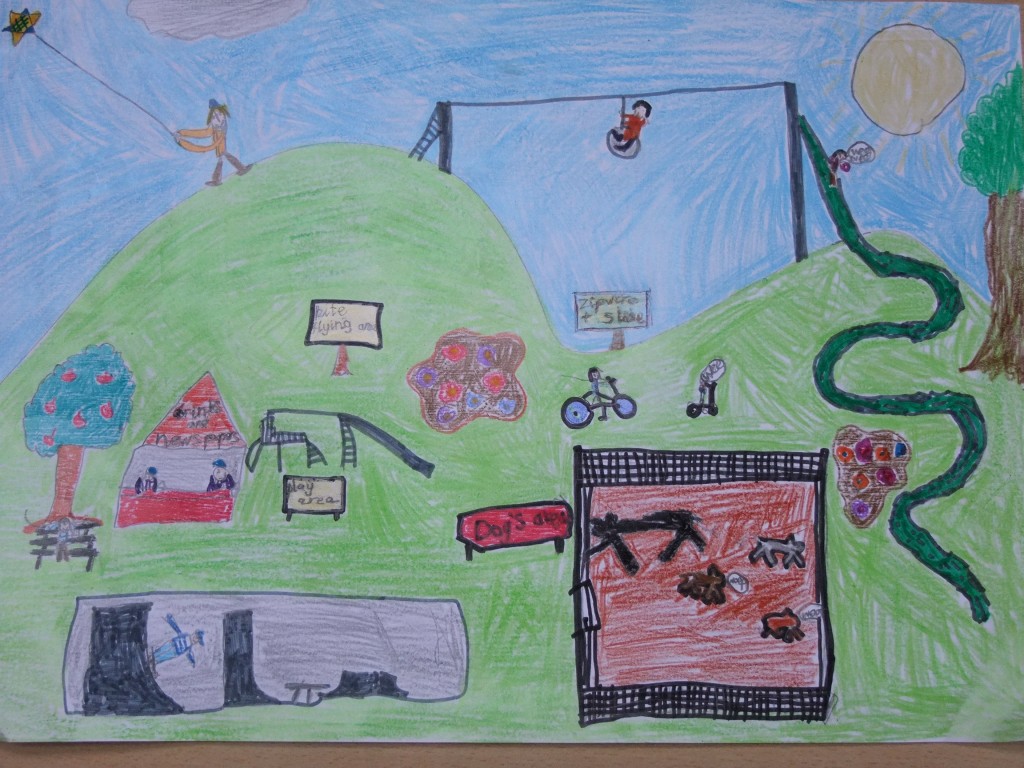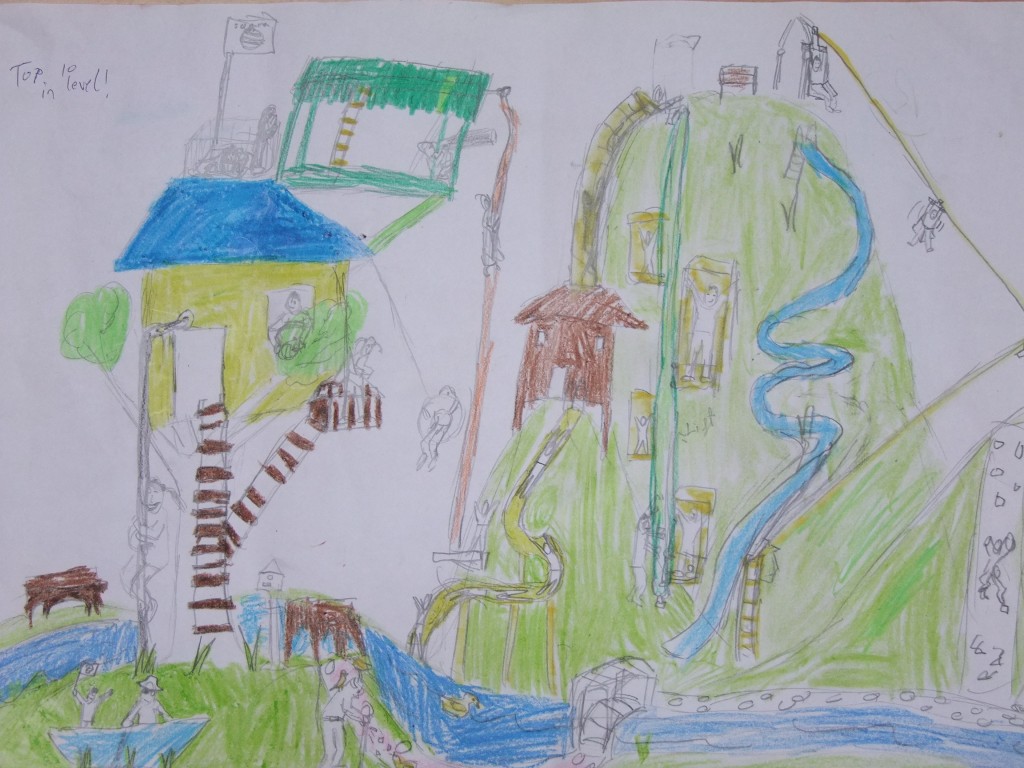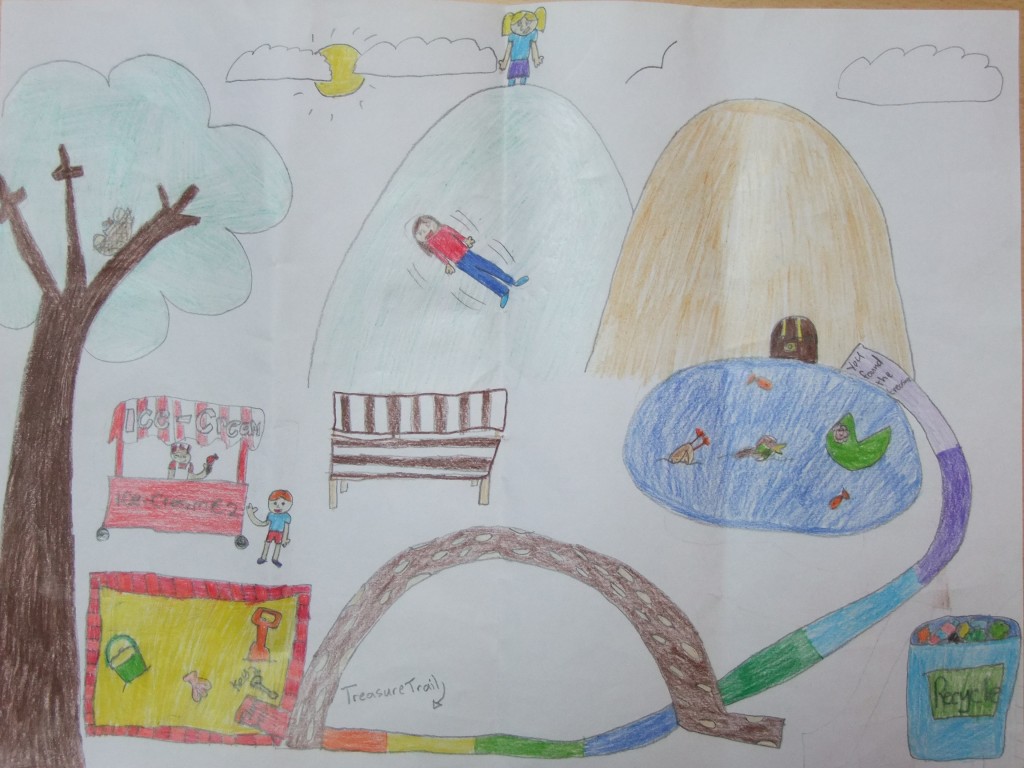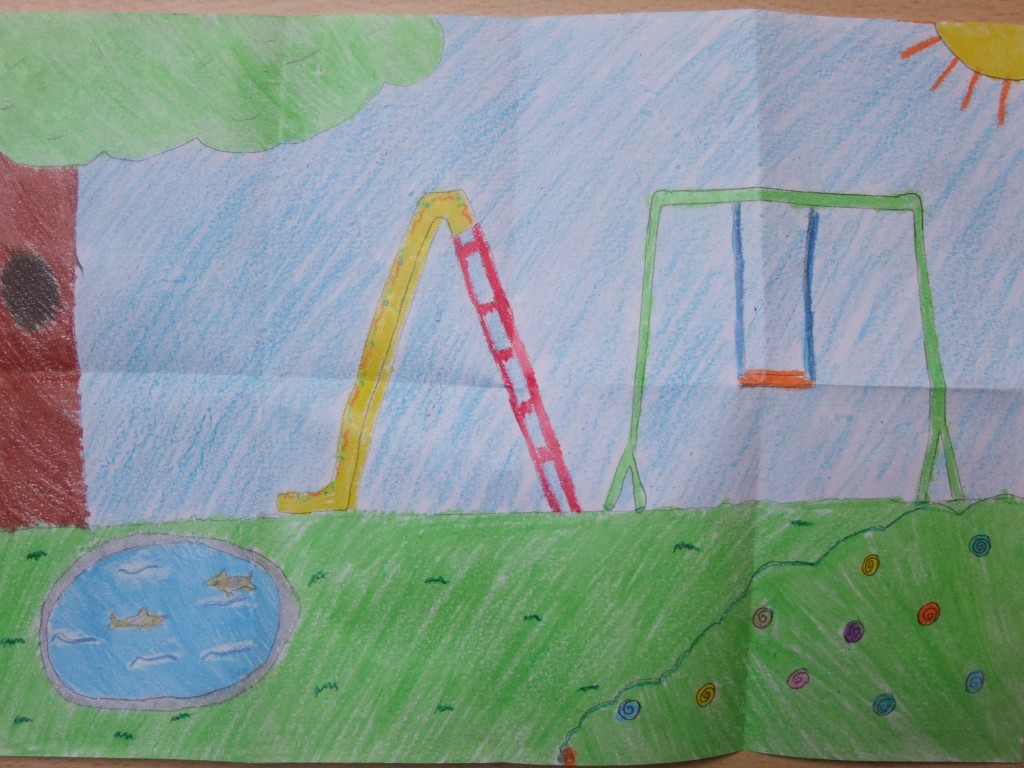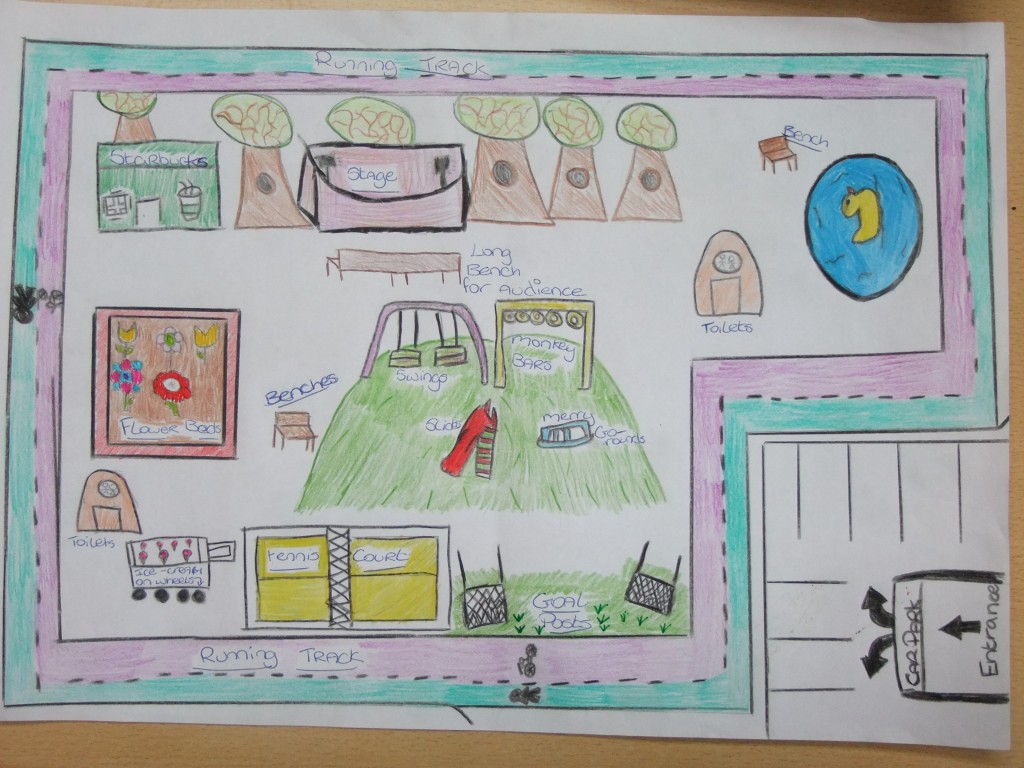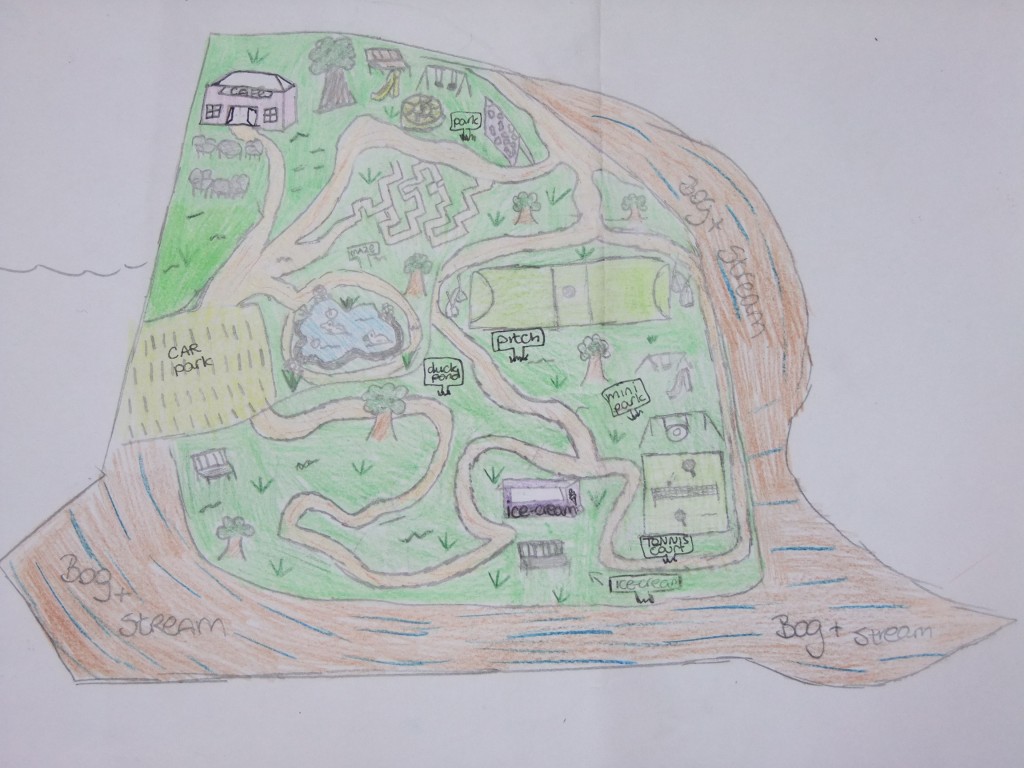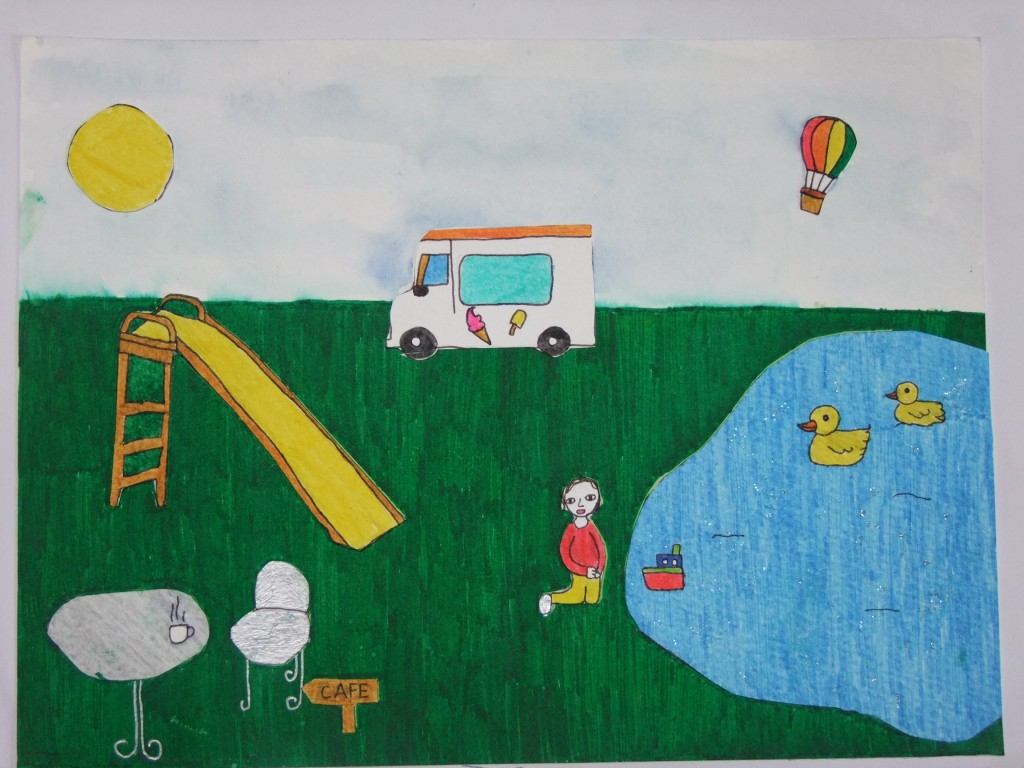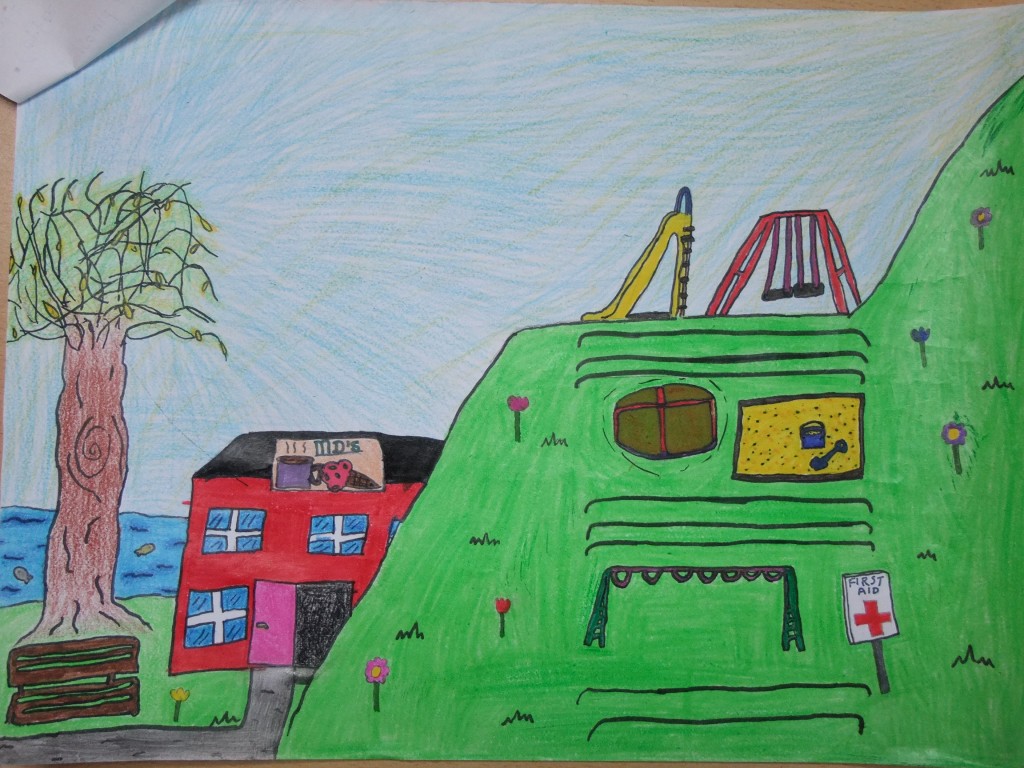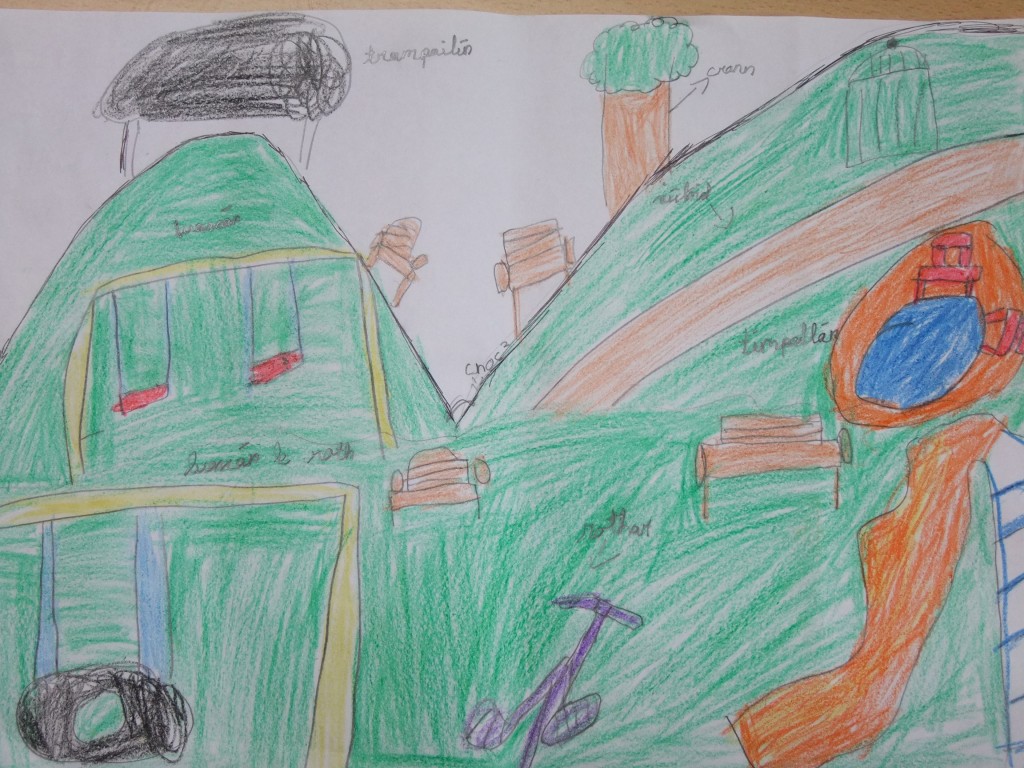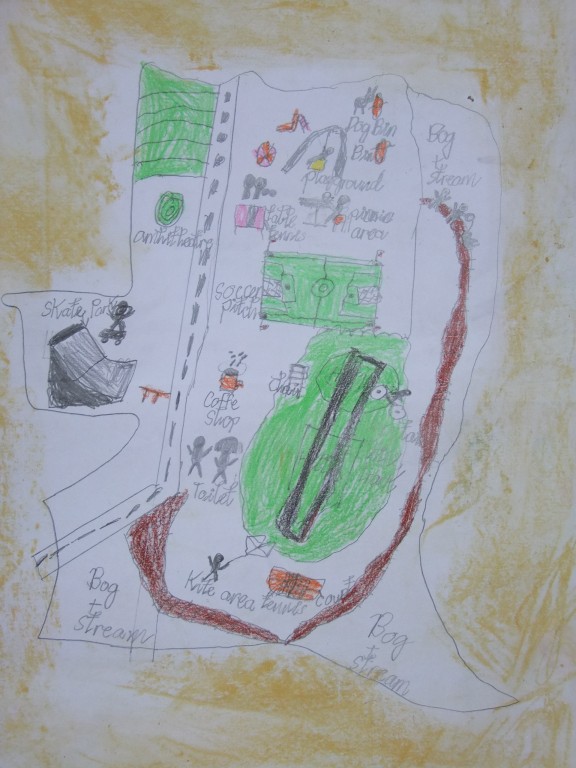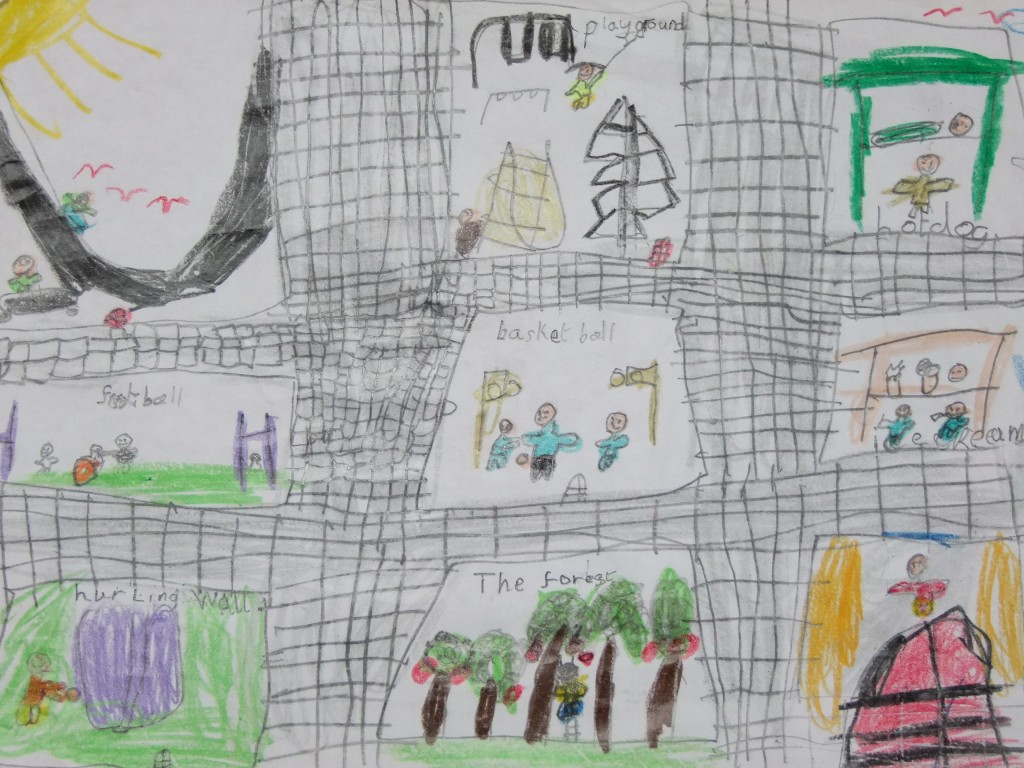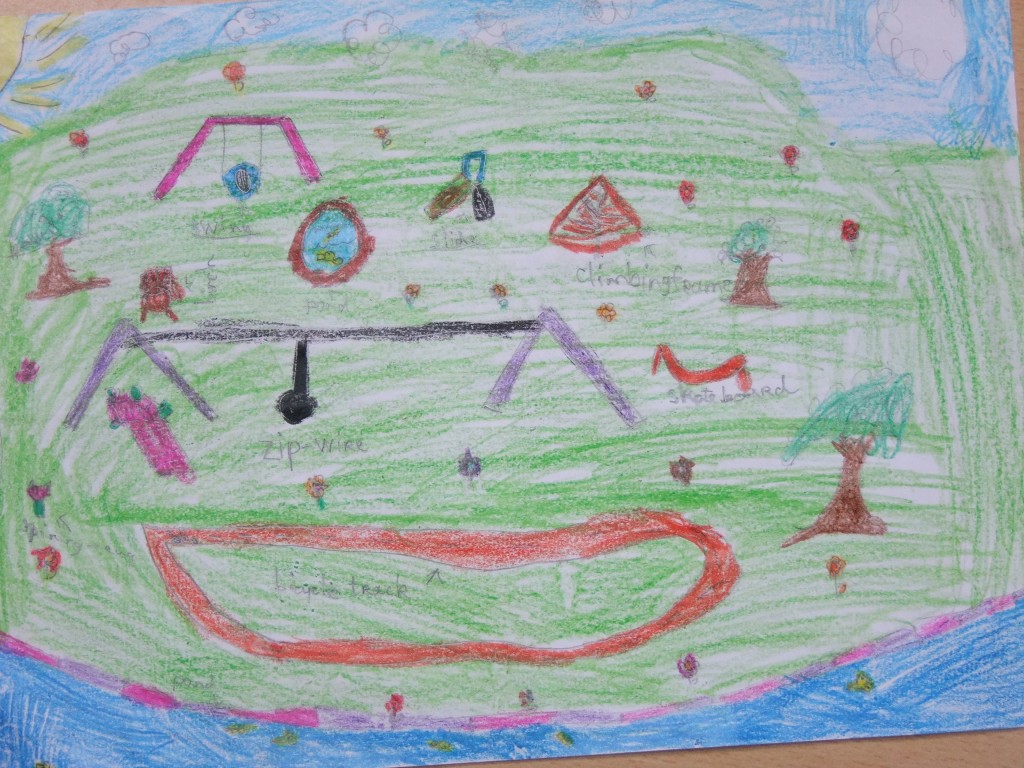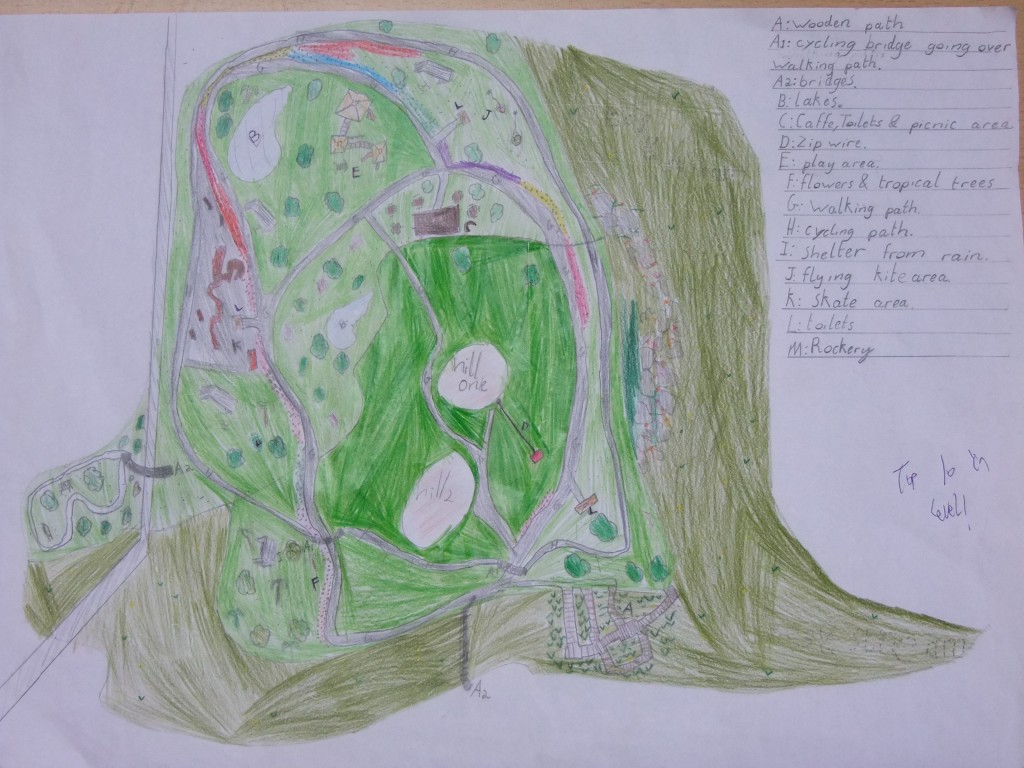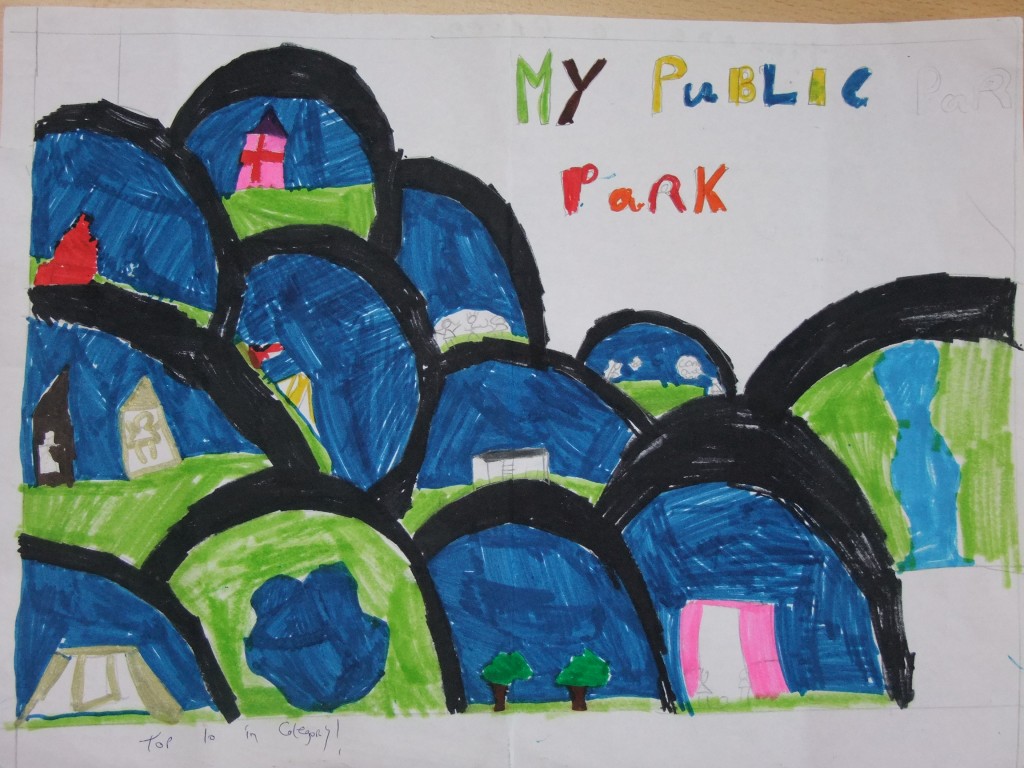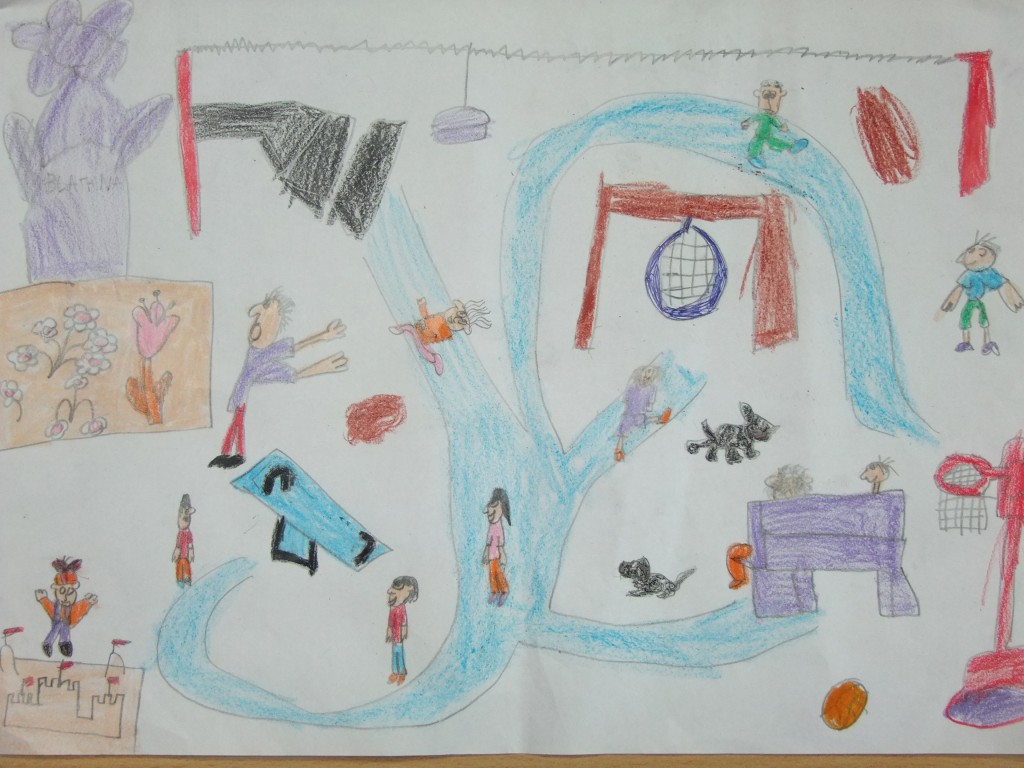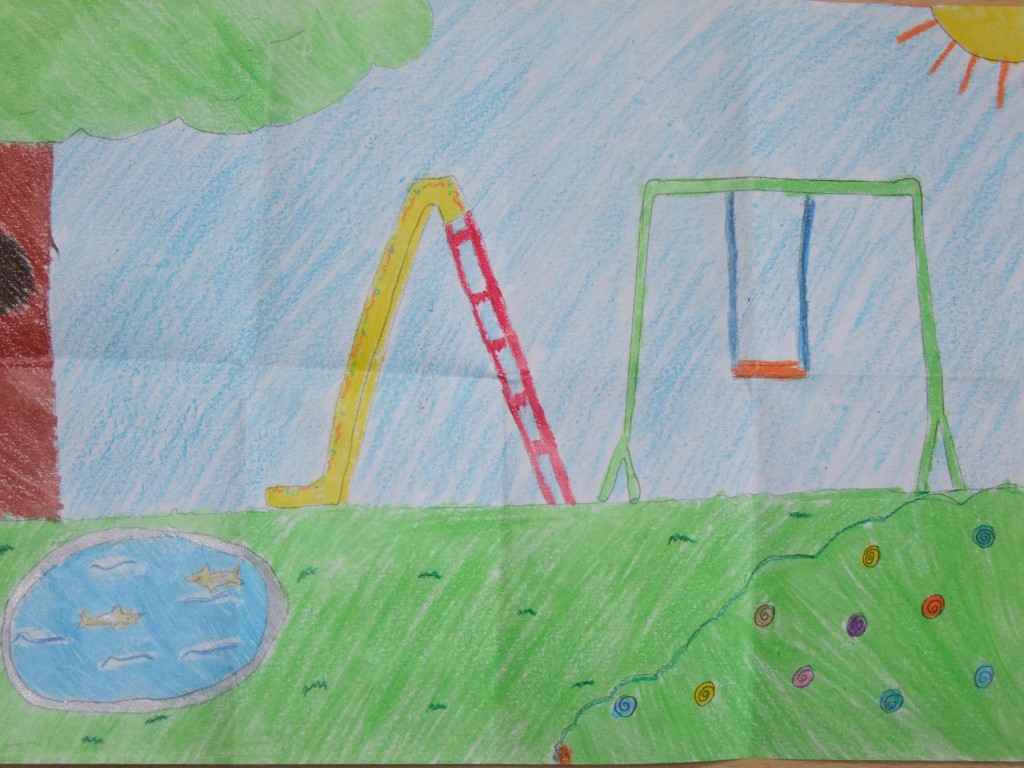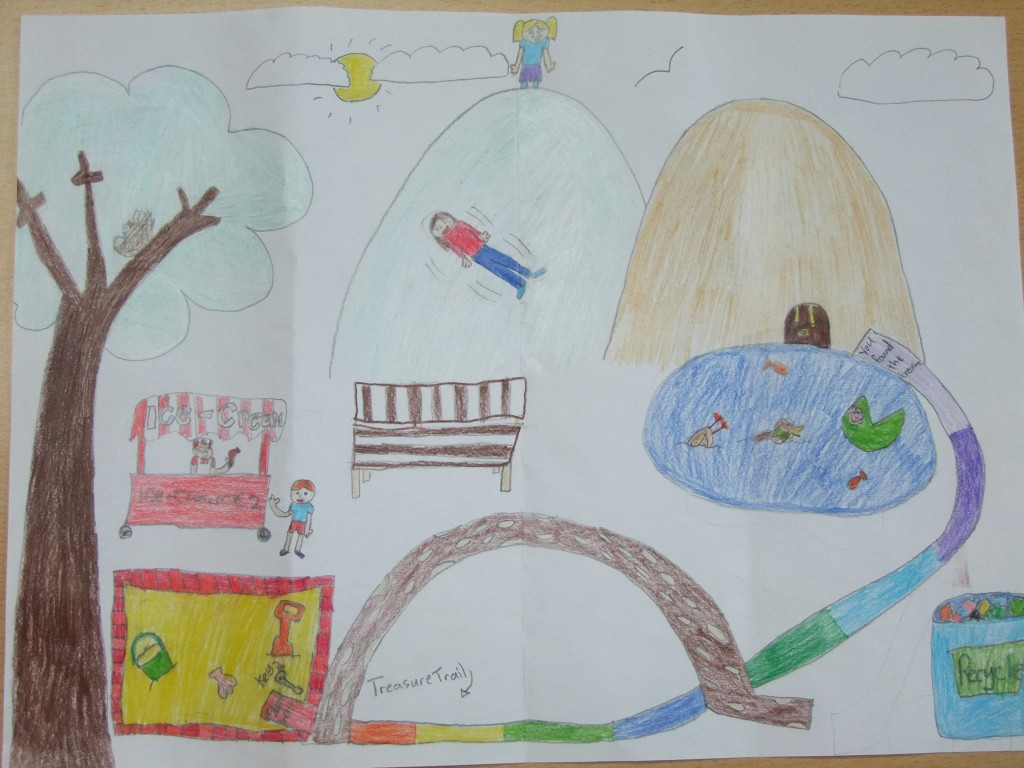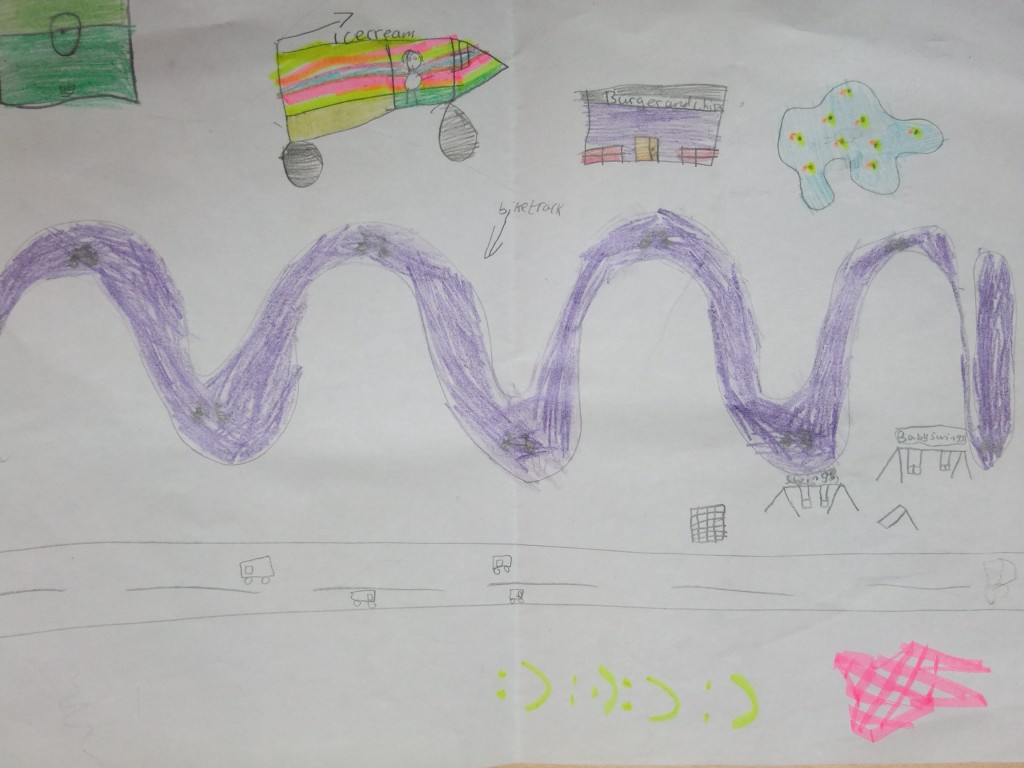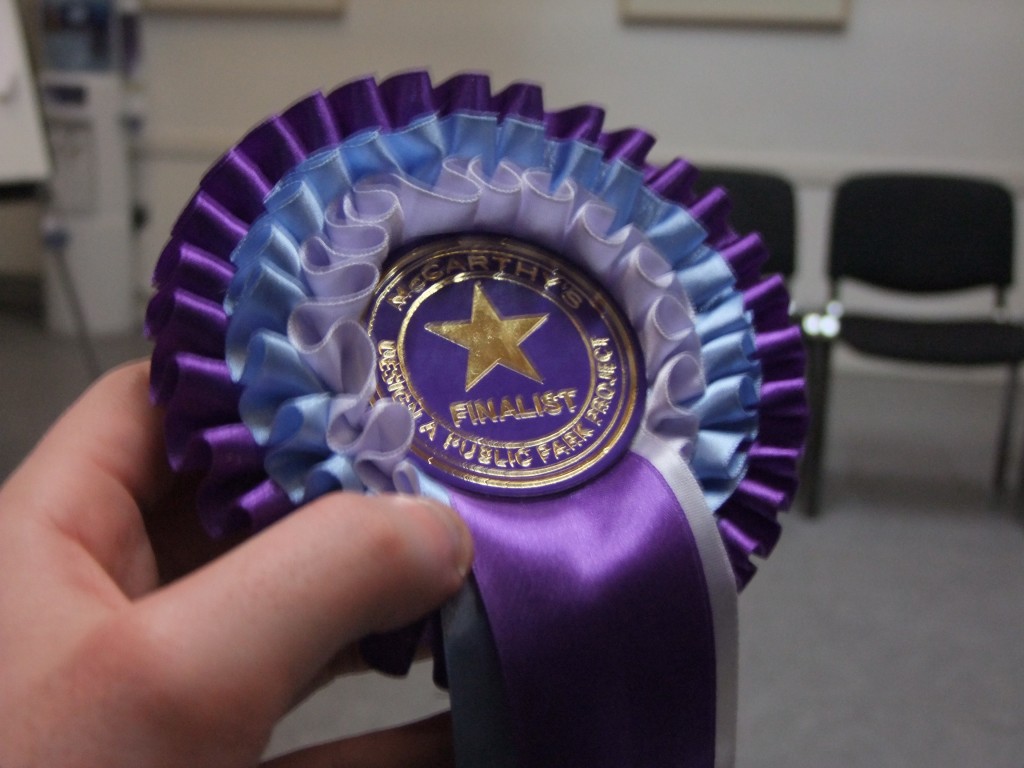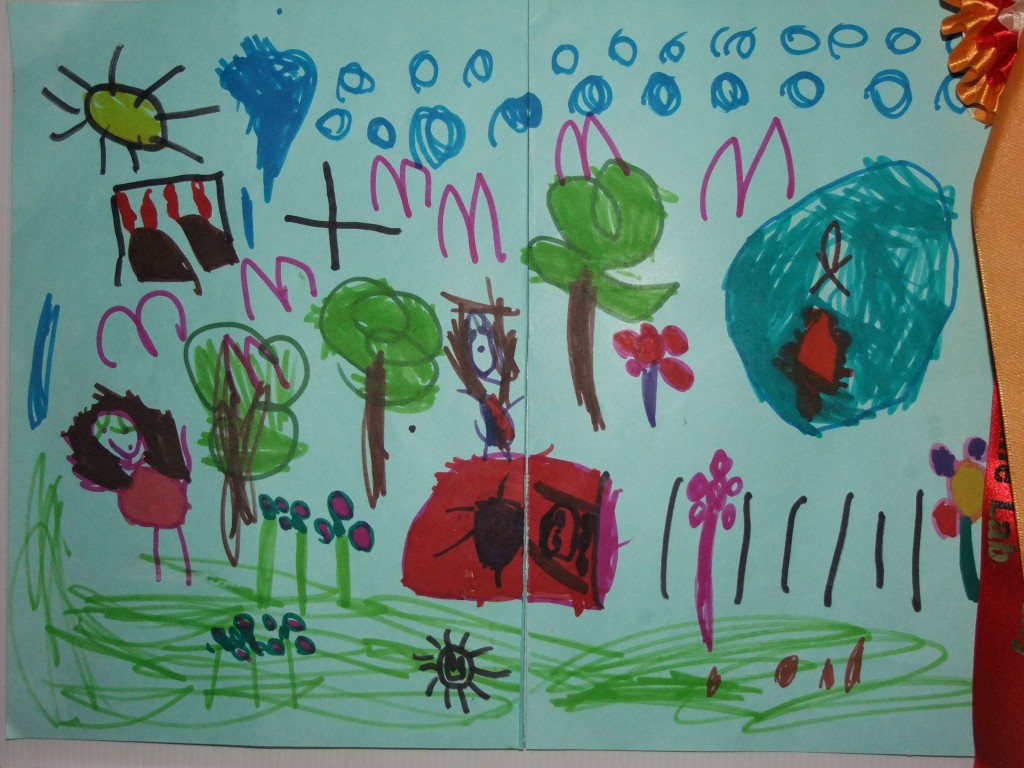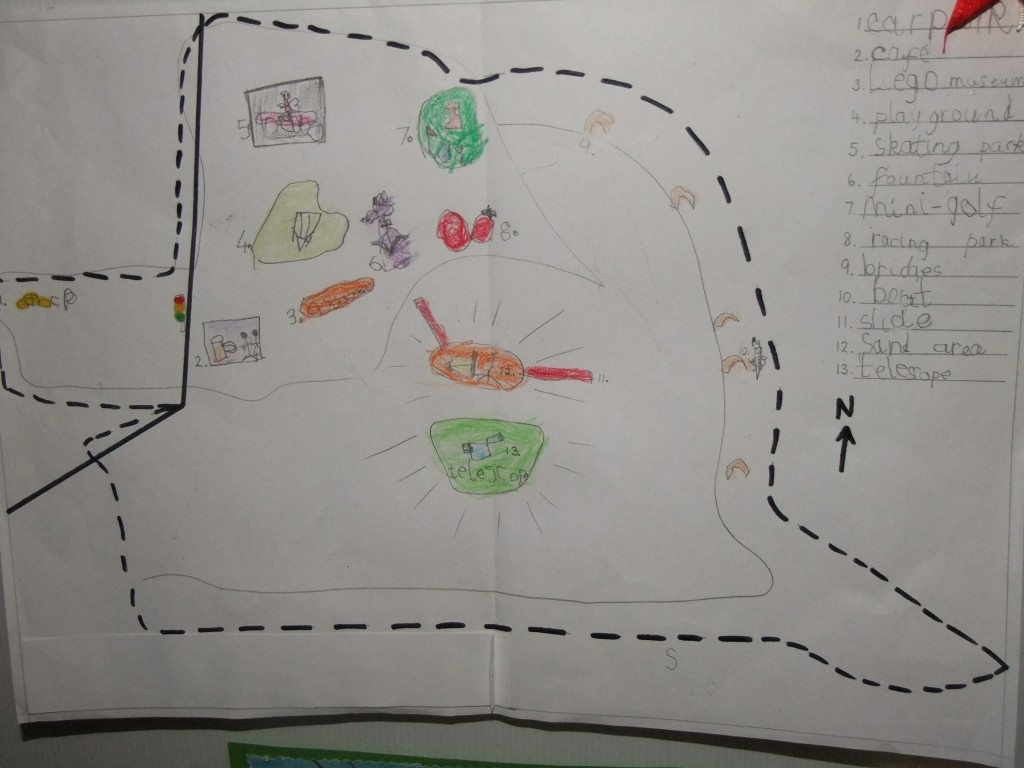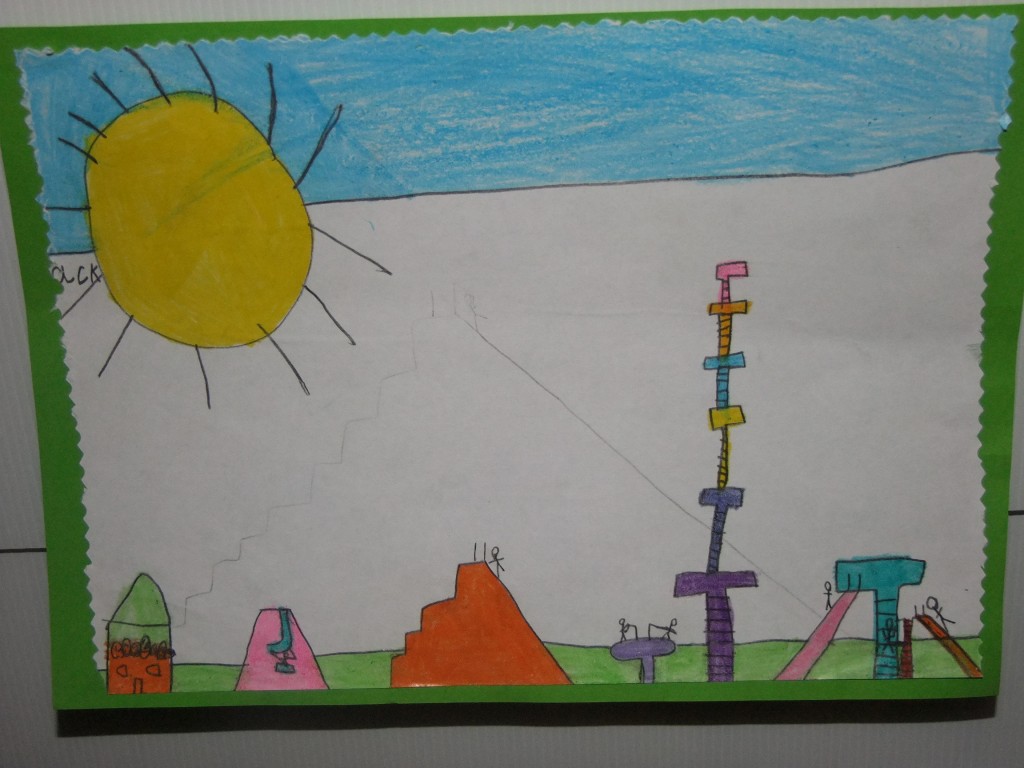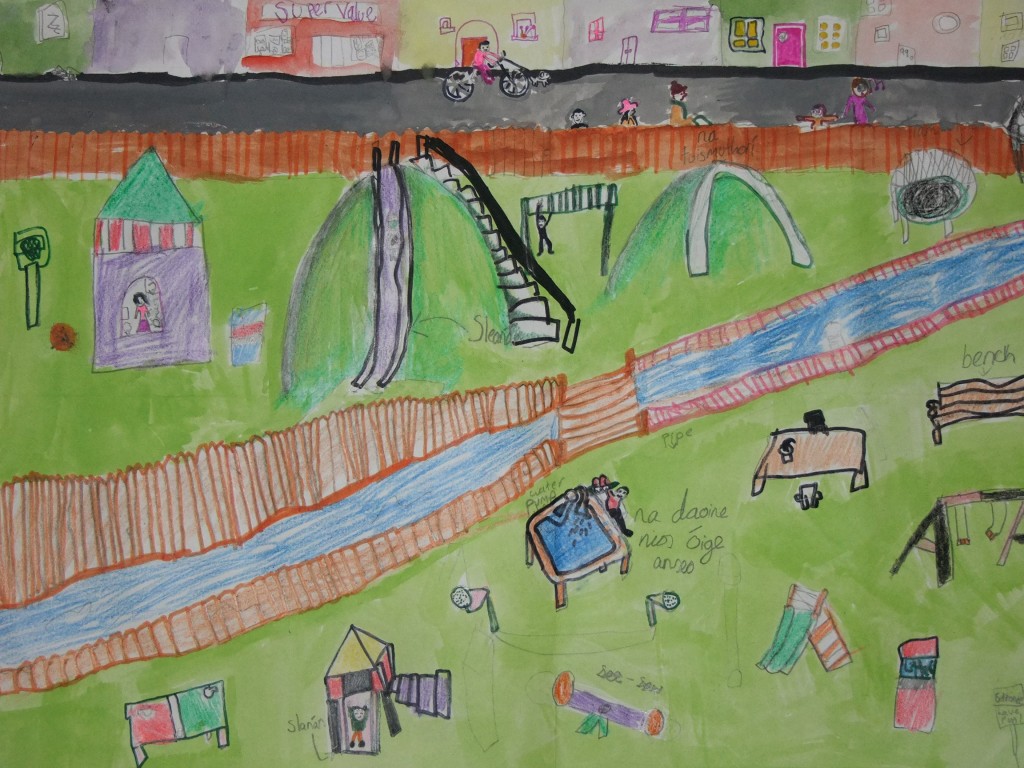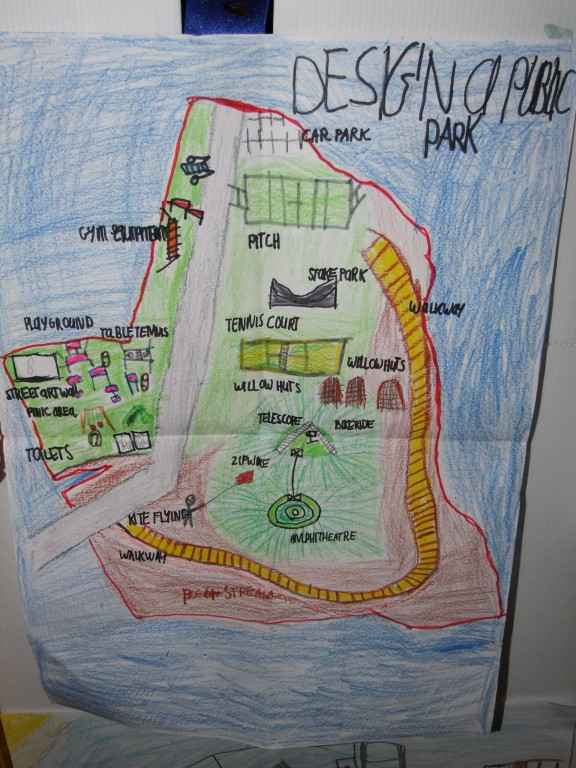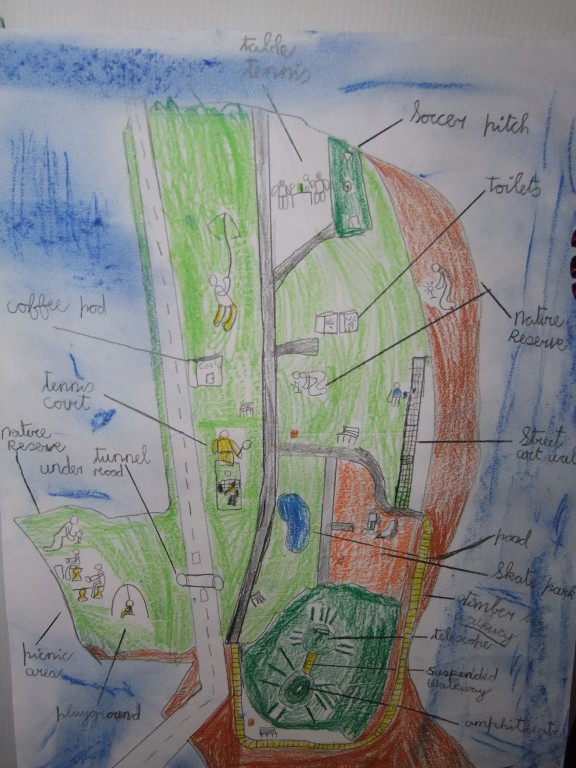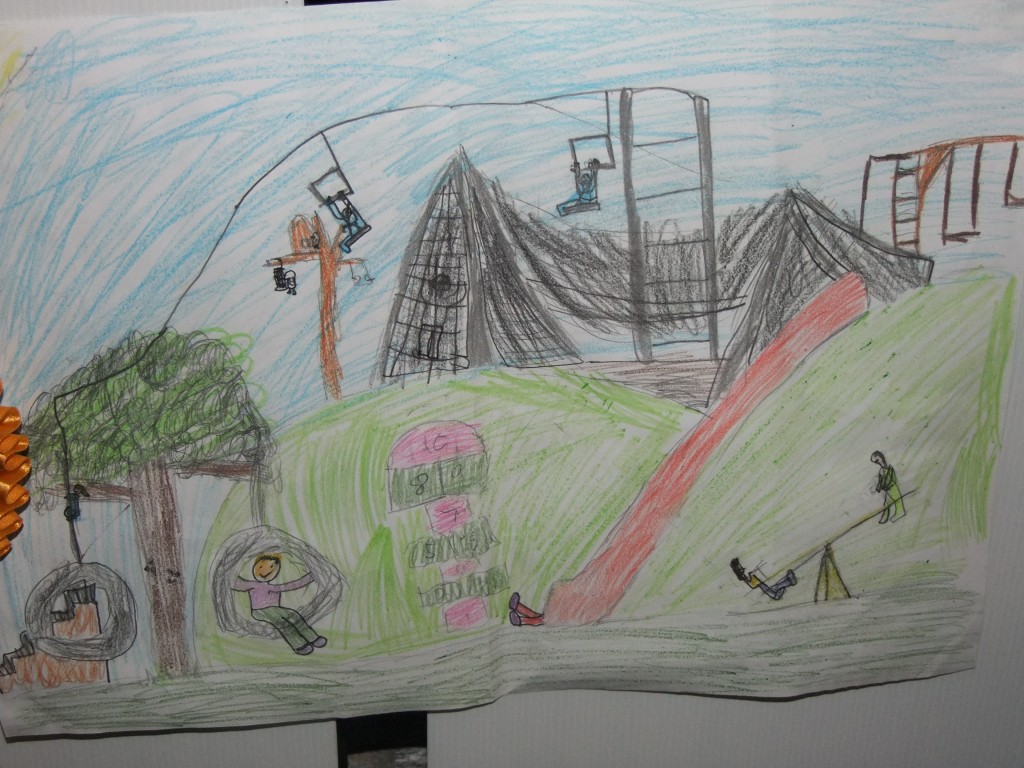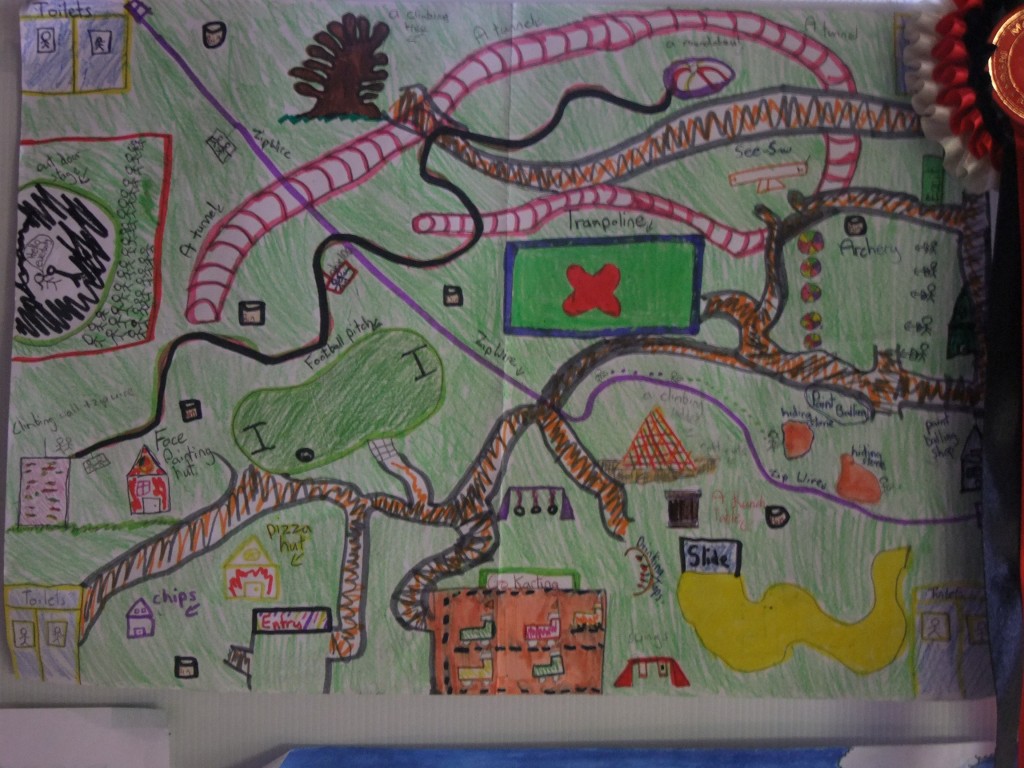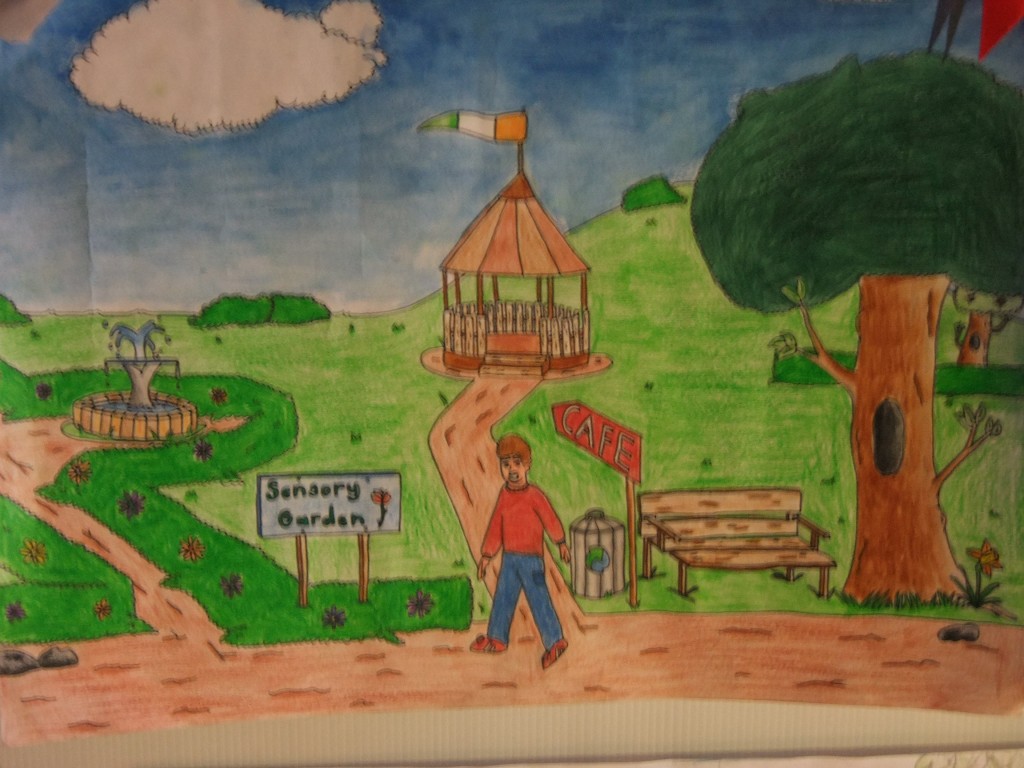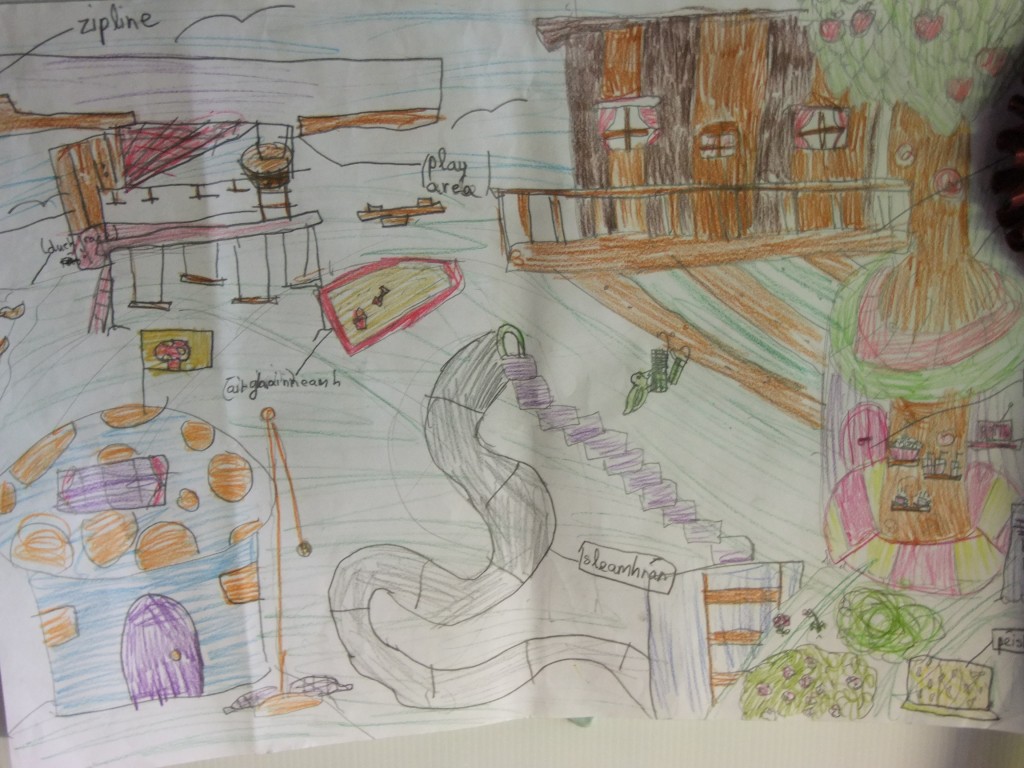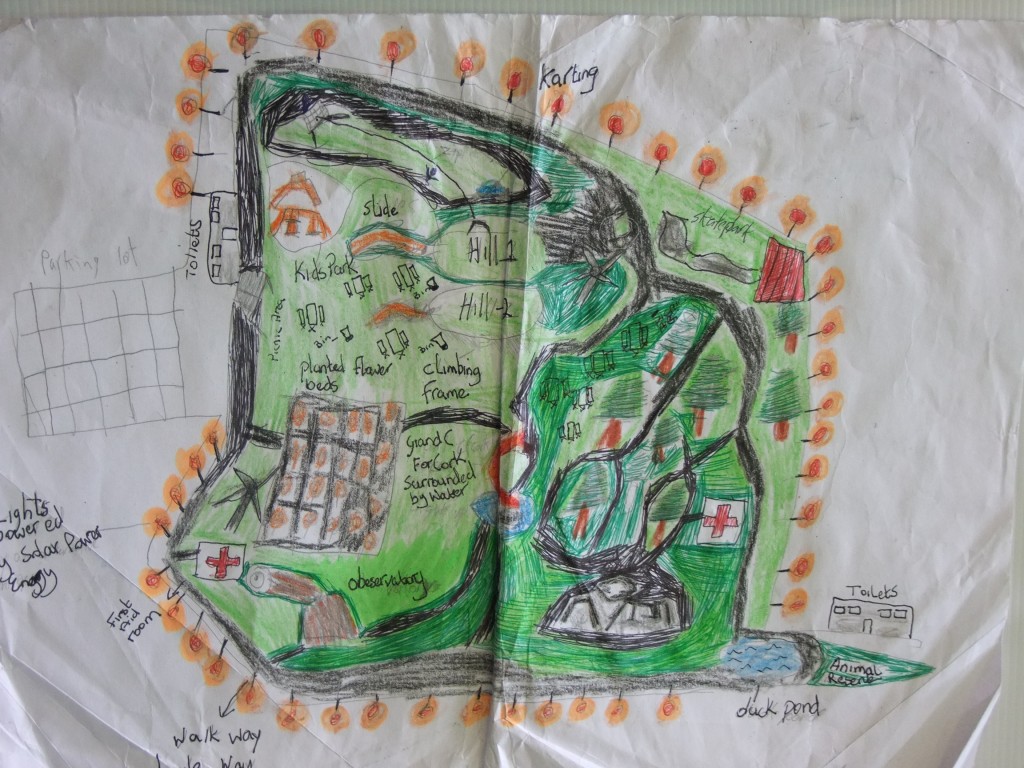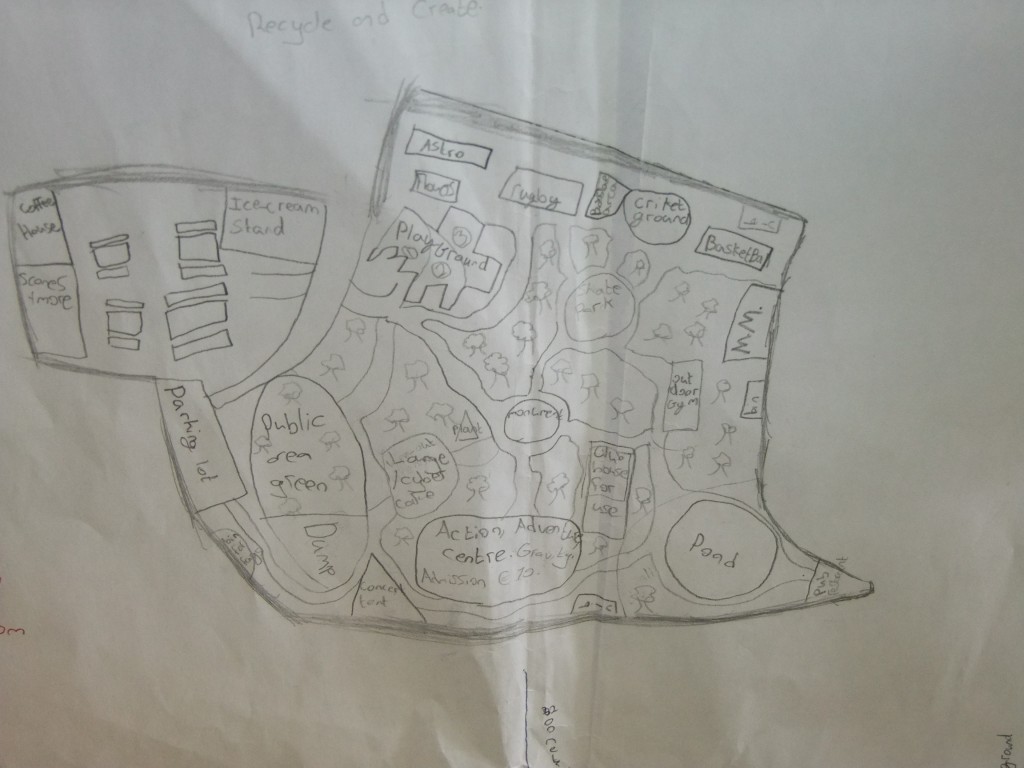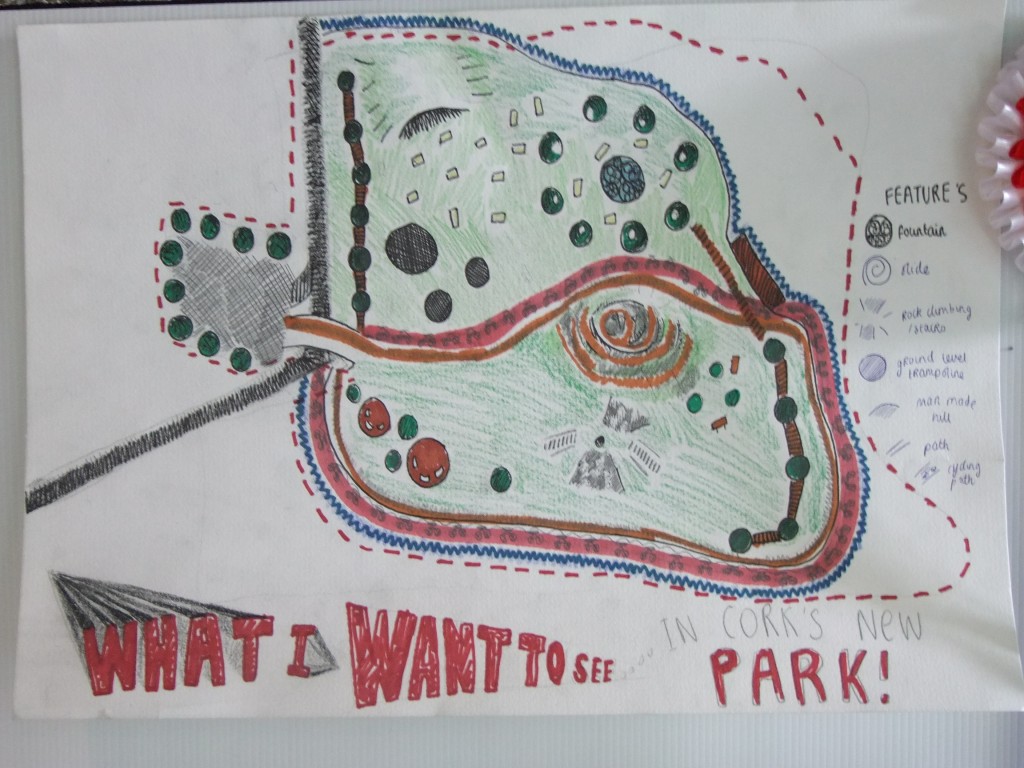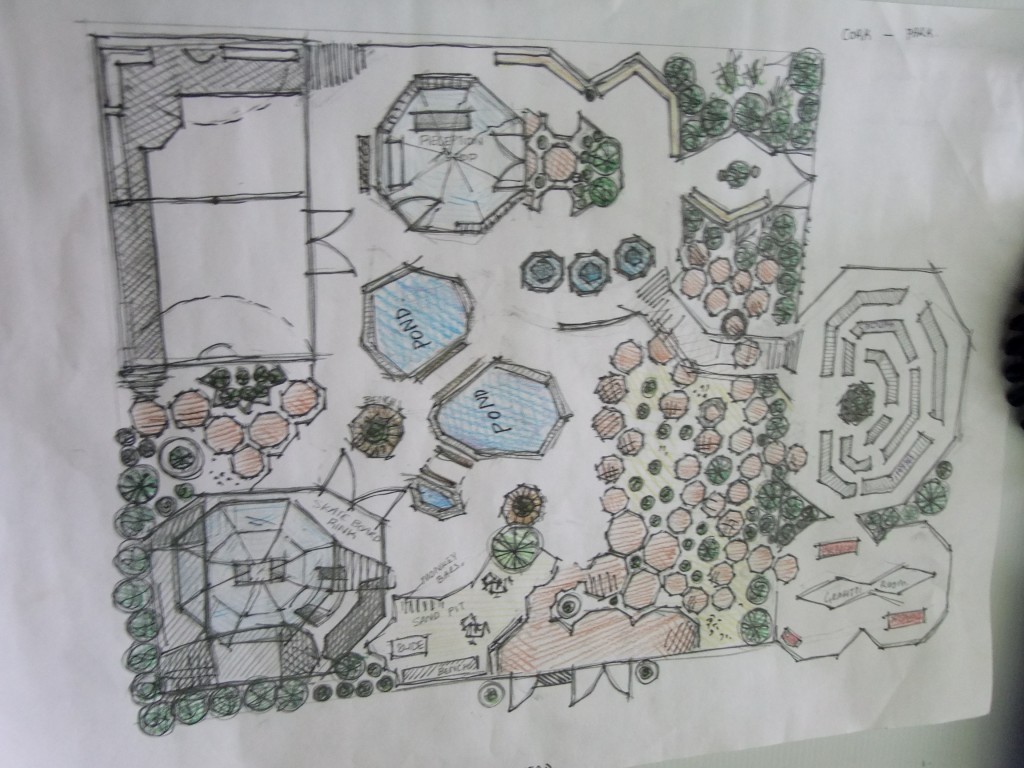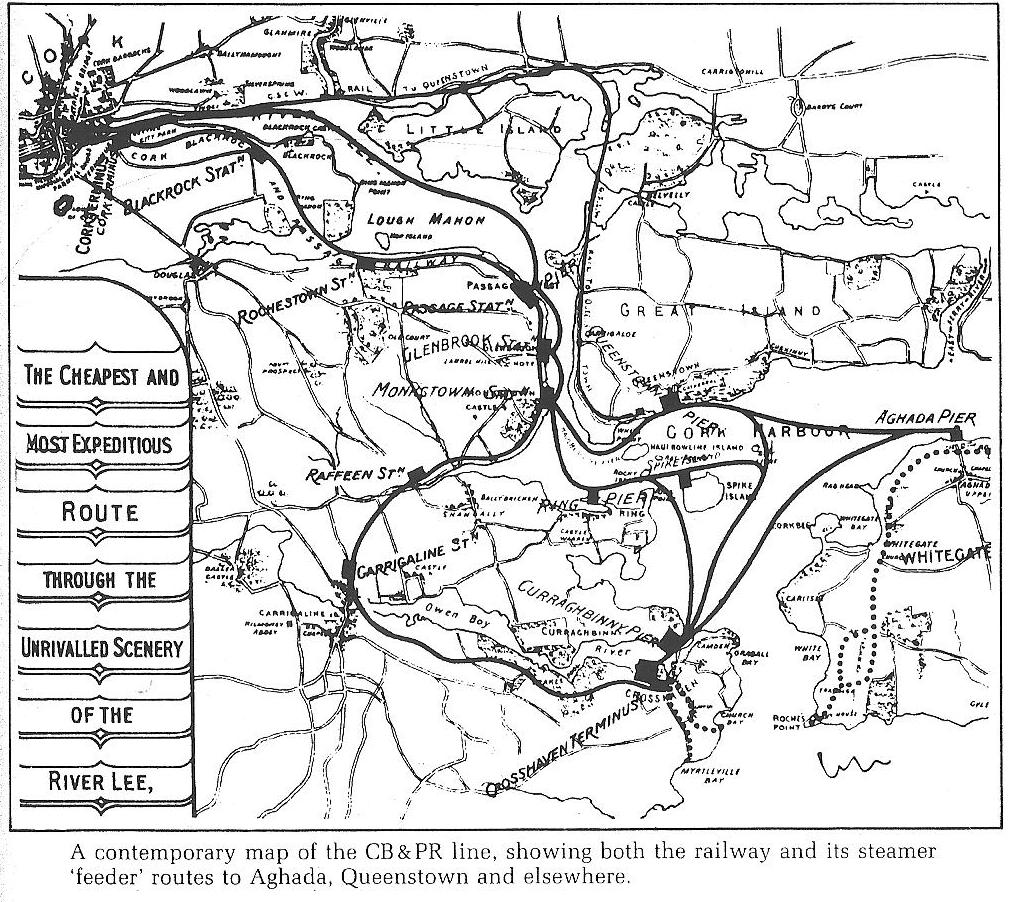
Kieran’s Our City, Our Town,
Cork Independent
Blackrock Historical Walking Tour, Saturday 22 September
13 September 2012
Earlier this year, I ran a walking tour of Blackrock village. On Saturday 22 September 2012, I will run this venture again (meet 2pm, Blackrock Castle, approx two hours). One of the themes I presented during my recent heritage week tours is that within every space in Cork, there is an interesting story to tell about the legacy of a former piece or way of life.
There is much to discover within a short space about Blackrock and its role in the wider city. Dealing with the human experience in this corner of the city, there is a strong legacy in terms of its sense of place and identity; how that was constructed and what clues remain are objects of this tour. Within the story of Blackrock and its environs, one can speak about a myriad of topics from its connection to the river and the harbour to its former mini demesne type landscape in the nineteenth century to its heart of a small village of hard working labourers and fishermen whose struggled to survive.
Within the heart of Convent Avenue, there is a lovely stone wall, which has always impressed me and which separates higher ground from the avenue itself. Random rubble in its nature, it is impressive and adds to the aesthetics of a once very populous area. Around it is a series of modern day houses, but amidst these are a series of cottages, their present day paintwork belying their true nature of times gone by. With more and more British government reports and antiquarian accounts of Ireland, coming online, recently I stumbled across a report from 1843, which focussed on this area and helps to reconstruct life there at that time. The report entitled the “Physical and Moral Condition of the Working Classes in the Parish of St Michael Blackrock near Cork” was read by North Ludlow Beamish, President of the Cork Scientific and Literary Society, before the statistical section of the British Association of the Advancement of Science at Cork August 1843. Of course, this data describes the pre-famine world of Blackrock.
In 1845, the British Association was invited by the Royal Cork Institution, to hold its thirteenth meeting in the Imperial Hotel in Cork. Its comprehensive programme for Cork is now in pdf form on the Association’s website. The Blackrock paper was one of several papers that were read. Some of the science topics included the action of air and water, whether fresh or salt, clear or foul, and of various temperatures, upon cast iron, wrought, iron, and steel, experiments on steam-engines, a series of observations on tidal movement, the physiological action of medicines and even a report on the fauna of Ireland.
North Ludlow Beamish’s paper is full of insights into the area surrounding Convent Avenue. He notes that population of Blackrock and its immediate environs in April 1843 was 2,630 consisting of families living in 413 houses. A total of 61 houses were uninhabited and 9 were in the progress of building. Of the population 2,181 are Roman Catholics and 443 Protestants including dissenters. There were 557 families. Ninety families were living in one roomed houses, 260 in two rooms and 207 in three or more rooms. The whole number of the gentry was 372 leaving that of the working classes numbering 2,258, and of these 1,125 were males and 1,133 females.
The trades Beamish listed were varied; brick makers (numbering 56), cabinet makers (2), carpenters (15), coopers (3), farmers (53), fishermen (111), gardeners (32), gingle drivers (13, generally owners), lime burners (18), masons (14), male servants (79), shoemakers (14), slaters (12), smiths (9), tailors (10). Male children numbered 426. As for females, their total was 1133 with 372 employed as servants in work in fields. Female children, aged and infirm numbered 453 whilst 305 were unemployed.
Beamish further described that 113 of the working classes hold land varying from a quarter of an acre to seven acres each. They pay an average yearly rent of £3 per acre exclusive of poor rate and county rate. The soil was generally excellent and capable of bearing the ‘finest’ wheat crops. The course of tillage was potatoes and wheat alternately, the former being manured. However, the general preparation of the land was not performed well by the working farmer, so that the potato crop seldom yielded more than seven tons or the wheat more than six barrels of 20 stone or about 3 ½ English quarters per acre. This amounted to about two thirds of the same produce that could be produced if the same description of land was under a proper system of tillage. Beamish noted that wages for tradesmen’s were on average 20s per week; labouring men received 5s 10d; women 3s and children 2s per week but many able bodied men worked for 5s a week. In time of harvest, good reapers could be got at the ordinary wages of 1s a day. The Beamish report goes on for pages. A further breakdown is given on the walking tour!
Caption:
658a. Blackrock Castle (picture: Kieran McCarthy)



















